What is Shadowing and Can it Improve Your Spoken Japanese? I Tried Shadowing Every Day for a Month
/“I can read it and understand it, but I can’t speak like that!”
…Does this sound familiar?
Almost all language learners feel that their production (speaking and writing) is not as strong as their comprehension (listening and reading). This is normal, but it can be very frustrating.
One method that is supposed to improve your listening and speaking is shadowing.
I’m a Japanese teacher, but as a non-native speaker, I’m a Japanese learner too. I’m confident with my spoken Japanese, but like everybody I stumble over my words sometimes. And I’m aware that my spoken Japanese will never feel quite the same as my native language does.
Earlier in the year, while trying to speak Japanese every day for a month (without being in Japan), I went on a deep dive into Japanese pitch accent.
(Pitch accent In brief: Japanese has high-low tones, and pronouncing a word with the wrong pitch accent pattern makes you sound unnatural.)
I started watching the fantastic “Japanese Phonetics by Dogen” series on YouTube. Dogen recommends two key ideas to improve your spoken Japanese:
1) Record yourself and listen back to the recording, checking for speech errors
2) Practise shadowing every day
I’d heard of shadowing before, and I’d seen Japanese language learning resources devoted to it – but I’ve never tried it. I decided to try this every day in March, and see what impact it had.
I was hoping to improve my phonetic awareness (like most non-native speakers, I had never explicitly learned Japanese pitch accent before this). I also hoped that shadowing practice would work a bit like warm-up exercises to speaking, allowing me to speak more quickly without losing accuracy.
I didn’t have to look far to find a great shadowing resource – there is a popular book and CD combo called Shadowing: Let's Speak Japanese. It comes in two levels - beginner/intermediate, and intermediate/advanced. I ordered the latter from Amazon Japan, and followed the directions in the book. Every day for a month!
What is shadowing?
Most people are familiar with “listen and repeat” in language learning contexts. You listen to a conversation line-by-line and repeat each sentence after the recording.
Shadowing is different from simple “listen and repeat” in that you start speaking while the person on the audio is still talking. You echo the speaker 1 or 2 seconds after they speak, and talk over them.
If you tried to do this with long-form listening materials, even in your native language, it would be impossible – you’d get lost. And you wouldn't gain much phonetics or speaking practice by doing this.
So in shadowing, you use very short passages. The goal is to be able to produce the dialogue with perfect pronunciation, as close to the recorded audio as possible.
To do that, we need to break the process down into steps.
The book I bought was quite prescriptive, which at first seemed intimidating but in practice I found very helpful.
It suggests practising shadowing for 10 minutes a day, and doing one section o of the book (about 10 short conversations of about 4-5 lines each) continuously for 2-3 weeks.
So that’s what I did, following this process from the book to the letter.
How to do shadowing - step by step:
1) Find material at the right level for shadowing. Specifically, choose a short dialogue that is easy to read and understand, but difficult to say with fluency.
[Note from me (Fran): If you already have a Japanese textbook you’re using, you don’t need to buy a separate shadowing book. Use the short dialogues in your textbook.]
2) Listen to the audio and/or read the script, checking that you understand the conversation and looking up any words or expressions you don't know. You’re going to be repeating this conversation over and over, so it’s important that you understand what you’re saying, or the exercise is pointless.
3) Listen to the script and follow along with your finger.
4) Listen to the script and repeat the dialog in your head, without vocalising. That’s right – without speaking or moving your lips, silently repeat the dialogue a few seconds after the speaker.
5) Listen while visually following the script, and say the dialogue aloud a few seconds after the speaker. You’ll be talking over them.“The objective…is to keep up with natural speed, so think of it as a work out for your mouth when you practise.”
6) Without looking at the script, play the audio and say the dialogue aloud a few seconds after the speaker.
7) Without using the script, shadow the audio while thinking about the meaning of the conversation. Think about the emotions of the people in the conversation and the context.
Shadowing moves words and phrases from your passive to your active vocabulary
I followed a few steps from this process every day for at least 10 minutes. In a month, I did two sections of the shadowing book.
That’s not very much, really – 25 or 30 short conversations. But I felt like the words and phrases wormed their way into my spoken Japanese.
Here are a few examples:
1) I was talking to a friend about British weather, and the word 土砂降り(doshaburi, downpour) came out of my mouth. I’ve seen, heard and read that word before. But I don't think it’s ever been a part of my active spoken vocabulary.
2) I went for coffee with a Japanese friend and we were talking about something I feel quite sceptical about, when the phrase そうかな… (sou ka na? “I don’t think so?”) popped out of my mouth. Again, I’ve heard Japanese people say that phrase. But I don't think I’ve ever actually said it before.
Shadowing moved these words from my passive vocabulary into my active vocabulary. I kind of own them now – they’re part of my speech.
This shows how important it is to choose shadowing material that fits the way you want to speak. And it’s a good example of why you probably shouldn't shadow anime, unless you want to sound like a pirate or a robot cat.
Record yourself!
I also watched about half of Dogen’s Japanese Phonetics series on YouTube and made notes. I started to get into the habit of looking up the pitch accent of words I wasn't sure about.
And I recorded myself speaking, and listened back to it, comparing it line by line to the recording.
Like most people, I don't even like listening to recordings of myself in my native language. So listening to myself speak Japanese was quite painful. But I definitely noticed speaking habits I have that I didn't know I had, and little mistakes I didn't know I was making.
The downside of recoding yourself (as opposed to just shadowing) is that recording yourself and listening back to it takes about three times as long as just shadowing would.
Give it a go!
I found it easier to speak over the dialogue wearing headphones. But because shadowing involves talking to yourself, you can’t really do it on public transport. That being said, I found it relatively easy to squeeze 10 minutes of practice into my day. I did it before work, or afterwards when I got home.
Shadowing has its critics (if you want to read more about that, google “does shadowing work?”). But if you want to improve your spoken Japanese, I really recommend that you give it a try. I feel like it worked for me. Maybe it’ll work for you too?
Like me, you might find your vocabulary for British weather expanding! Or you might learn a new way to be sceptical. Same thing really.
Links:
Amazon links with an asterisk* are affiliate links, which means I may earn a small commission, at no extra cost to you, when you click through and buy the book. Thanks for your support!
Japanese Phonetics by Dogen https://www.youtube.com/watch?v=jakXVEUTT48 (some of these fantastic videos are free; the complete series is available to Dogen’s Patreon supporters)
Shadowing: Let's Speak Japanese! Beginner to Intermediate (Book & Audio CD) https://amzn.to/2XSzW0H *
Shadowing: Let's Speak Japanese! Intermediate to Advanced Level (Book & Audio CD) https://amzn.to/2XQCwEk *
Please note that both books are likely to be slightly cheaper on Amazon Japan:
シャドーイング-日本語を話そう-初〜中級編 https://www.amazon.co.jp/シャドーイング-日本語を話そう-初〜中級編-斎藤-仁志/dp/4874243541/
シャドーイング-日本語を話そう-中~上級編 https://www.amazon.co.jp/シャドーイング日本語を話そう-中~上級編-斎藤仁志;深澤道子;酒井理恵子;中村雅子;吉本惠子/dp/4874244955/








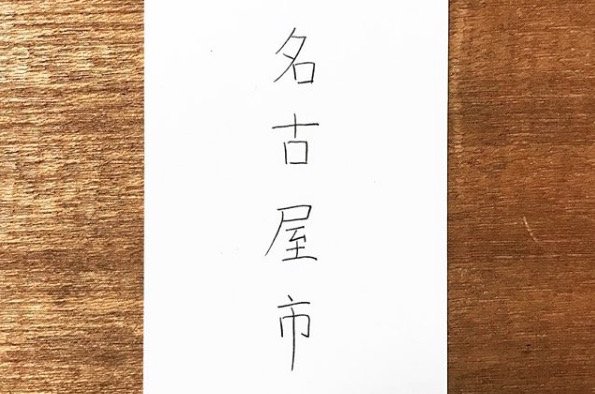

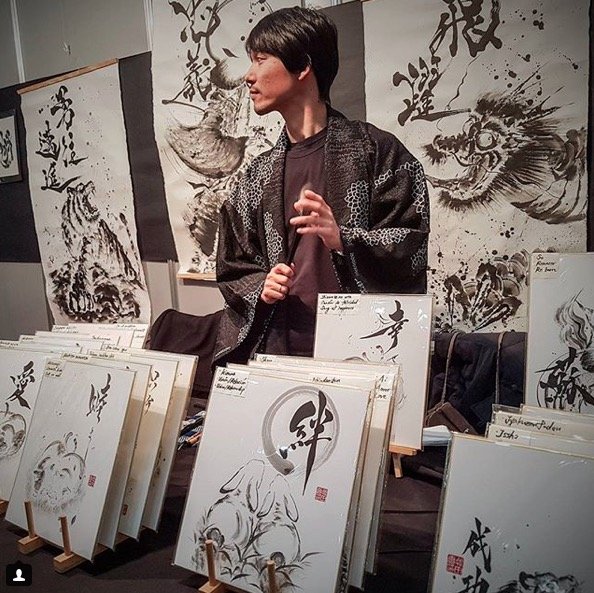
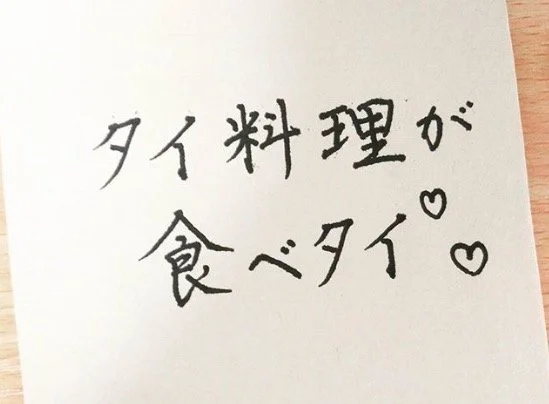







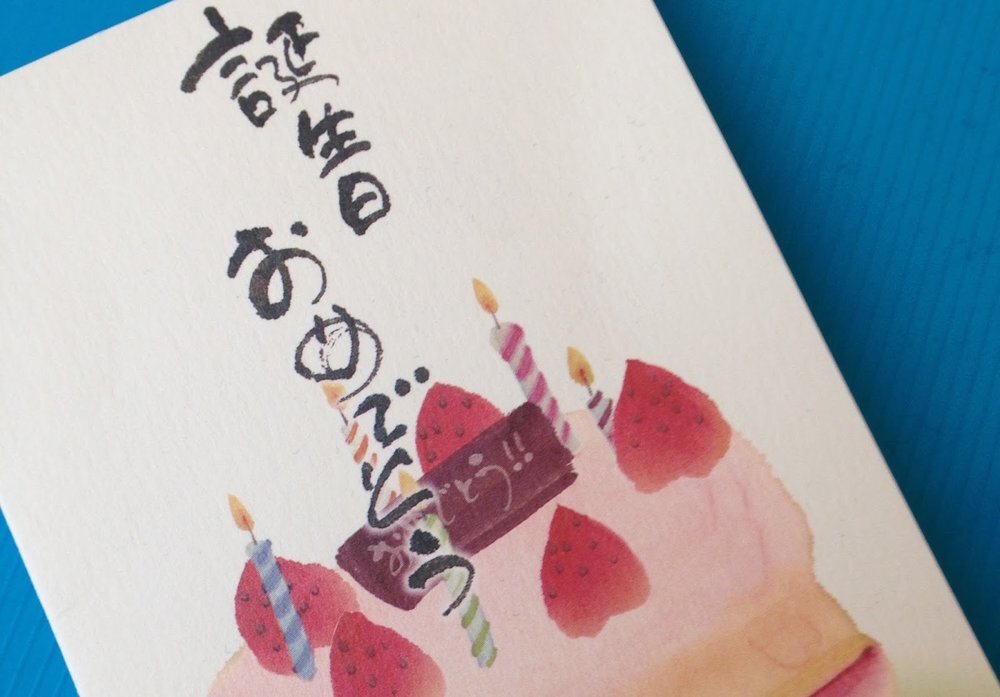




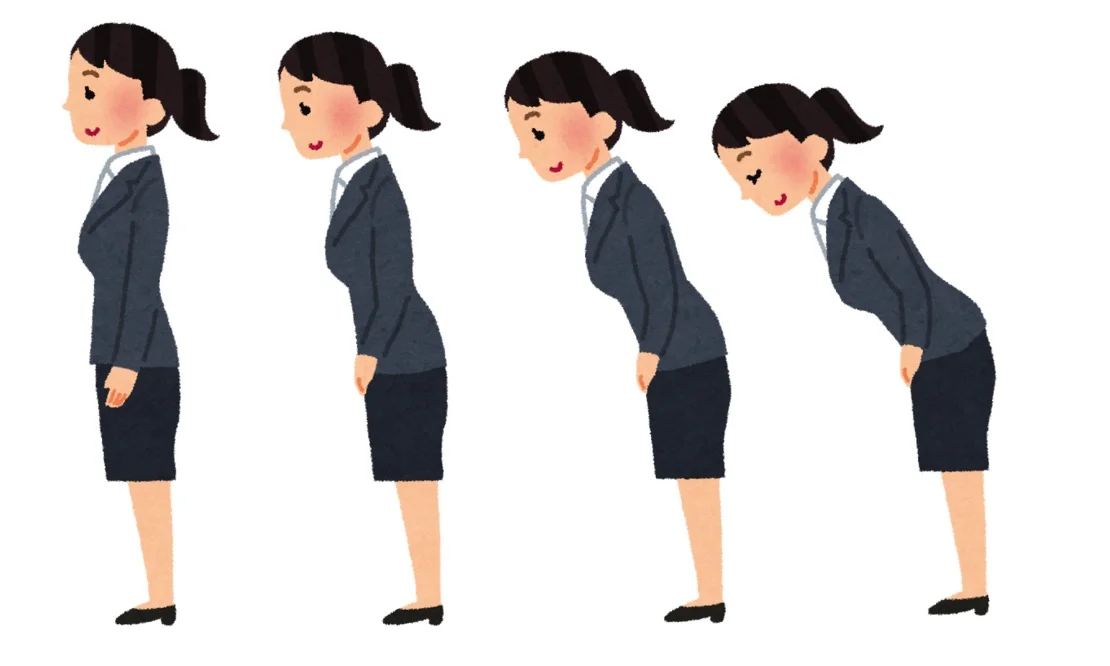









Like many people in the UK, I studied French in school. I liked French. I thought it was really fun to speak another language, to talk with people, and to try and listen to what was going on in a new country. (Still do!)
When I was 14 we went on a school exchange to the city of Reims, in northeastern France. I was paired with a boy, which I’m sure some 14-year-olds would find very exciting but which I found unbearably awkward. He was very sweet and we completely ignored each other.
That was nearly 20 years ago, and I didn’t learn or use any more French until, at some point in lockdown, I decided on a whim to take some one-to-one lessons with online teachers. Here are some things I learned about French, about language learning, and about myself.